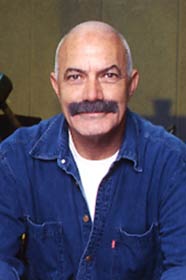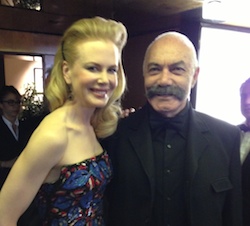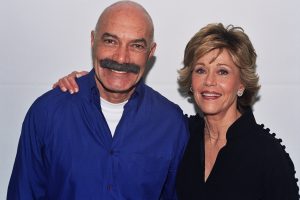“The Raven,” the serial killer thriller, represents a significant step down for director James McTeigue after making “V for Vendetta.” (I know, he is also behind “Ninja Assassin”).
The hodge-podge script, co-penned by Ben Livingston and Hannah Shakespeare, is inspired by several of Edgar Allan Poe’s stories, including “The Tell-Tale Heart,” “The Pit and the Pendulum,” and “The Murders in the Rue Morgue.”
“The Raven,” which had already opened (and closed) in some foreign markets, is truly a tweener, neither satisfying as a period (19th century Baltimore) piece, nor as a scary serial killer in the vein of “Se7en.”
It is neither stylish and entertaining in the vein of the big-screen Sherlock Holmes mysteries (past or present) nor dark or moody enough to qualify as a Gothic work. Worse, by making allusions, both explicitly and implicitly, to Poe, the maestro of the macabre genre, “The Raven” raises viewers’ expectation to a level that the movie, in its current shape, can never fulfill. The film tries but fails to weave history and fiction in a dramatically interesting and twisted way.
And so, we are left with a middle-of-the-road feature, which contrasts two potentially interesting screen persona, a young ambitious detective and a notorious author, decently but not strikingly played by Luke Evans and John Cusack, respectively.
The first reel is promising enough, even if it recalls too closely “The Silence of the Lamb” and borrows ideas from several Stephen King novellas, such as “Misery.”
When a brutal killing spree terrorizes Baltimore, a young sleuth turns to a famous author for help so that he can get inside the mind of a serial killer. At first novice detective Emmett Fields seems determined to, then obsessed with, stopping Poe’s gruesome stories from materializing in real life.
Upon the discovery of the mutilated corpses of a mother and her daughter, Detective Fields realizes that the vicious crime resembles too closely a fictional murder he read about in gory detail in the local newspaper.
The circumstances of the grisly murder and the mutilated bodies are bizarre, to say the least. The door of the shabby apartment, where mother and daughter lived, was locked from the inside, and the only window was nailed shut, and yet somehow the killer had managed to escape.
Investigating further, Detective Fields discovers that the nail is actually a carefully-crafted spring mechanism and the window only appears to be sealed, a vital piece of info he recognizes from Poe’s “Murders in the Rue Morgue.”
This single item of reportage is part of a larger collection of stories penned by the struggling writer and social outcast Edgar Allan Poe. Meanwhile, we witness the occurrence of several complications, mostly unconvincing from a dramatic standpoint, and some downright sill. While Poe is interrogated by the police, another grisly killing takes place, which is also “inspired” by one of Poe’s popular tales.
The ensuing saga is meant to be a suspenseful cat and mouse game, as the duo tries to stop a madman from turning each and every one of the author’s shocking stories into reality. Soon, Poe’s lover Emily (Alice Eve) becomes the killer’s target, which forces him to dig deep into his own cerebral skills and deduction powers in order to try and to solve the case before it’s too late.
Edgar Allan Poe was an amazing literary and pop culture figure, a bright man well head of his times in combining art, science, and politics to create stylistically macabre works, which have been worshipped by generations of readers and filmmakers. Poe’ followers will not approve of this picture, which is disappointing as a tribute to the visionary man, his prolific career, and the legendary status of his work.










